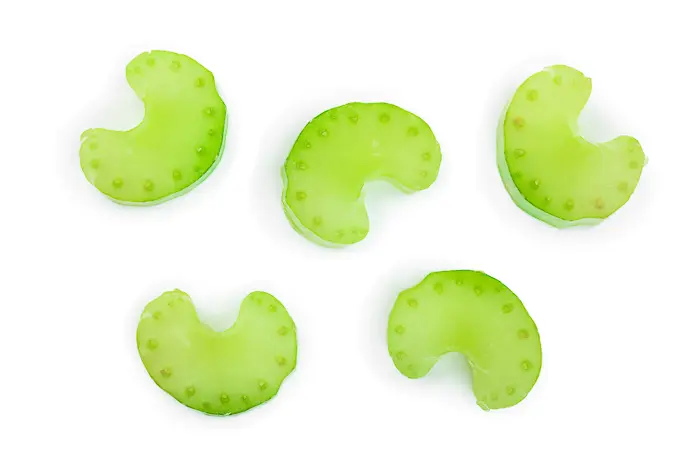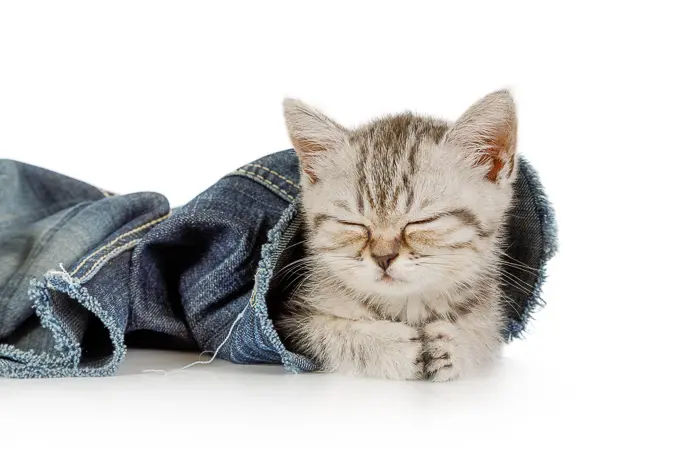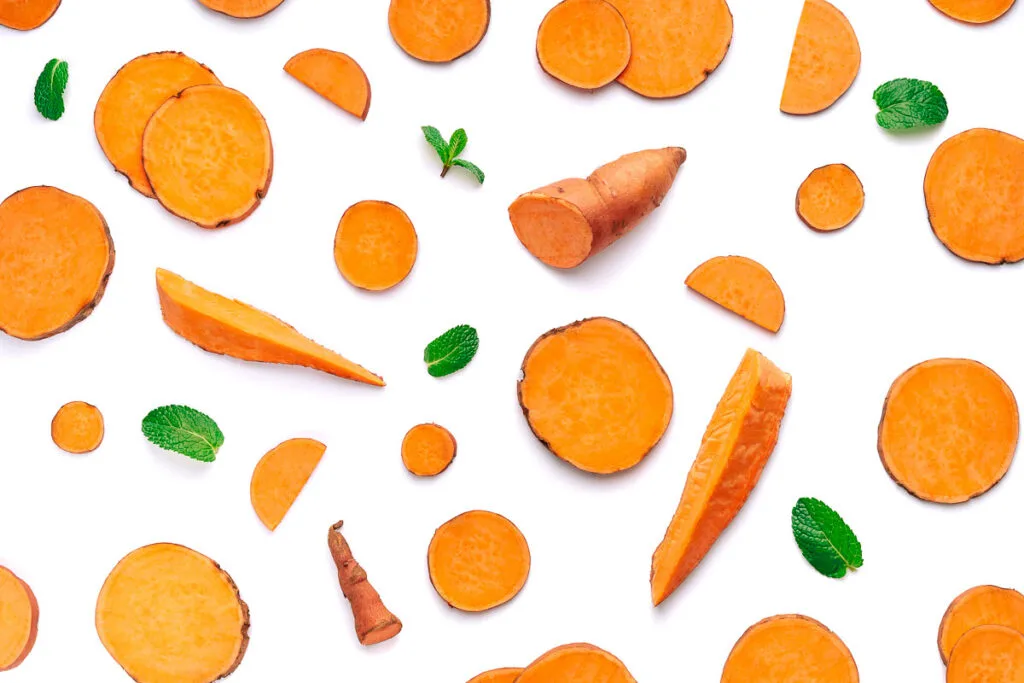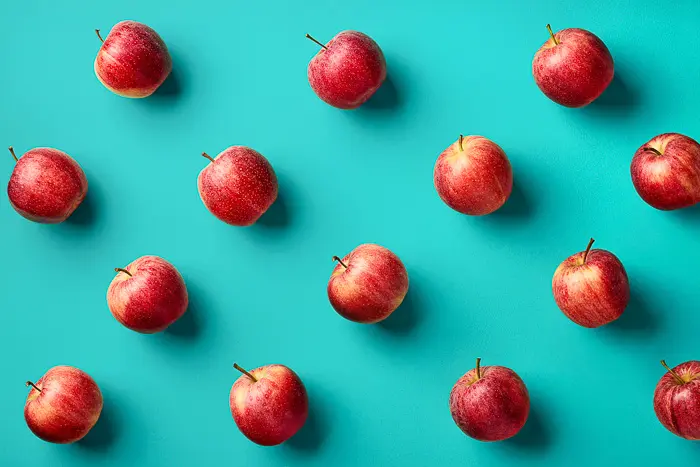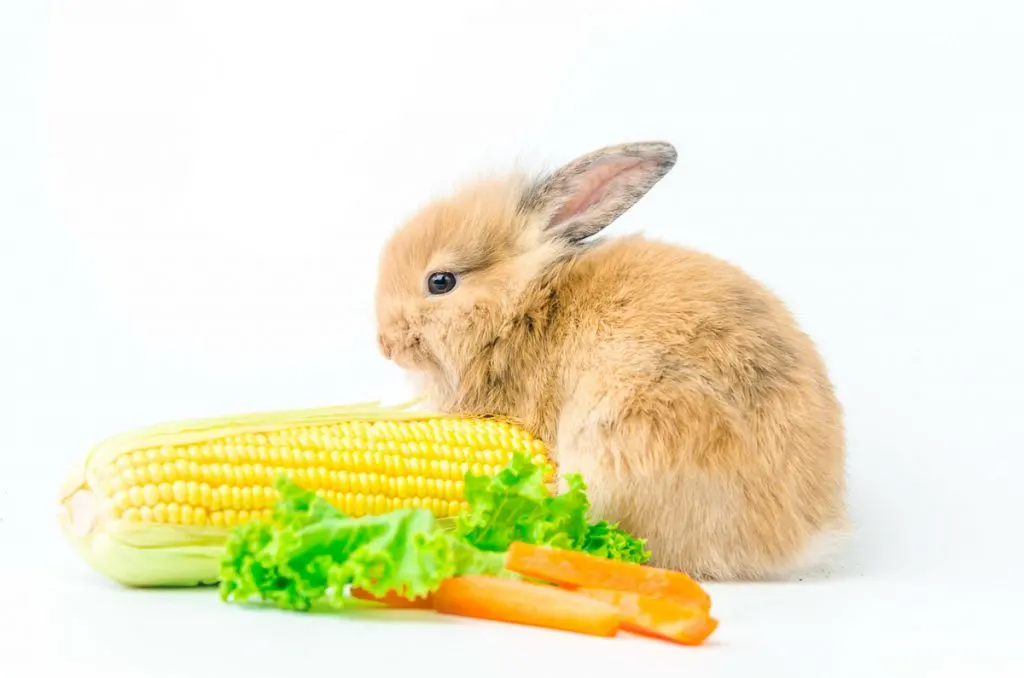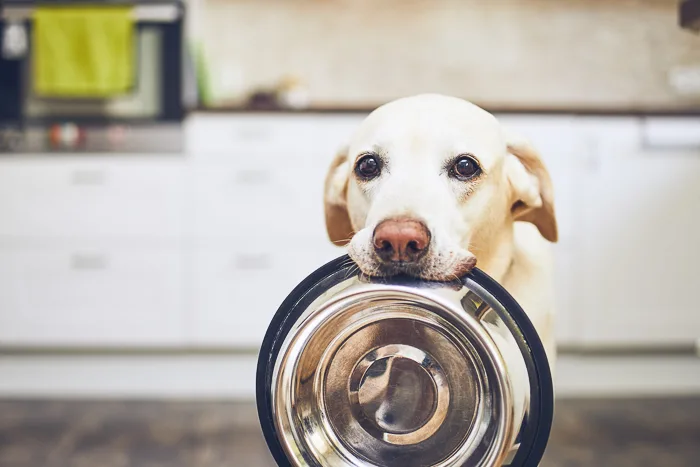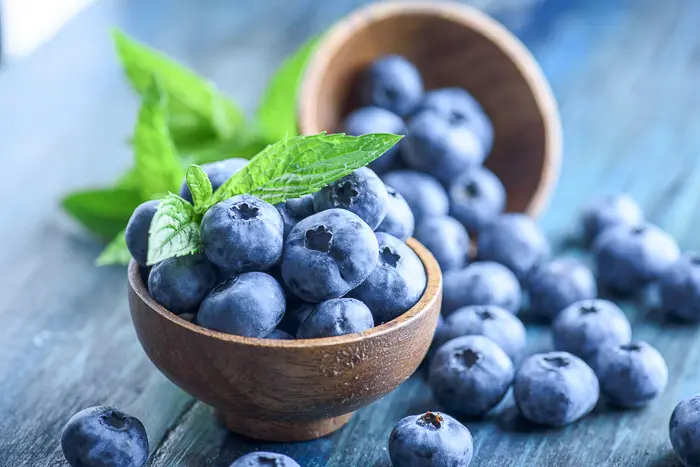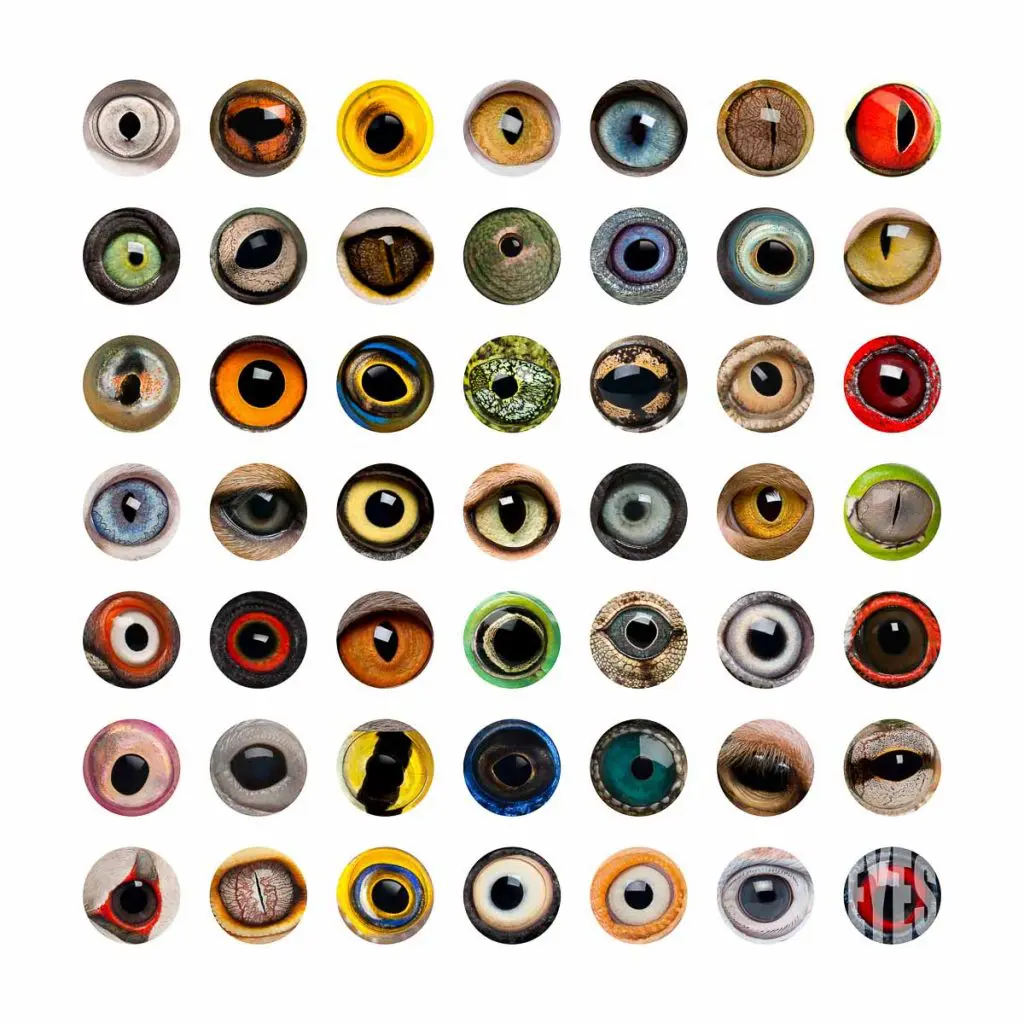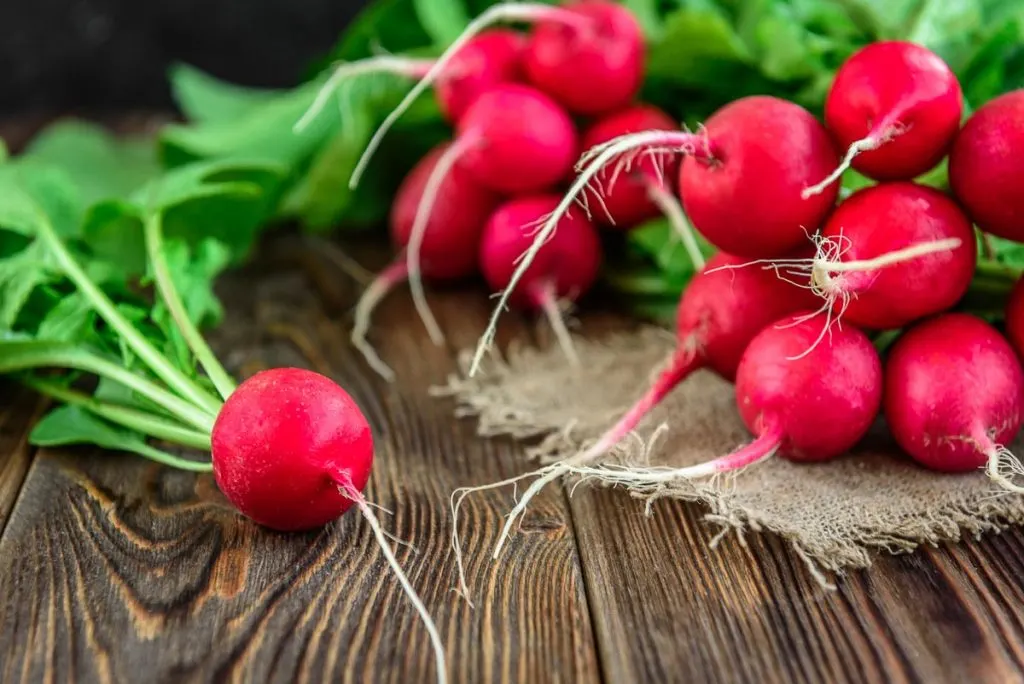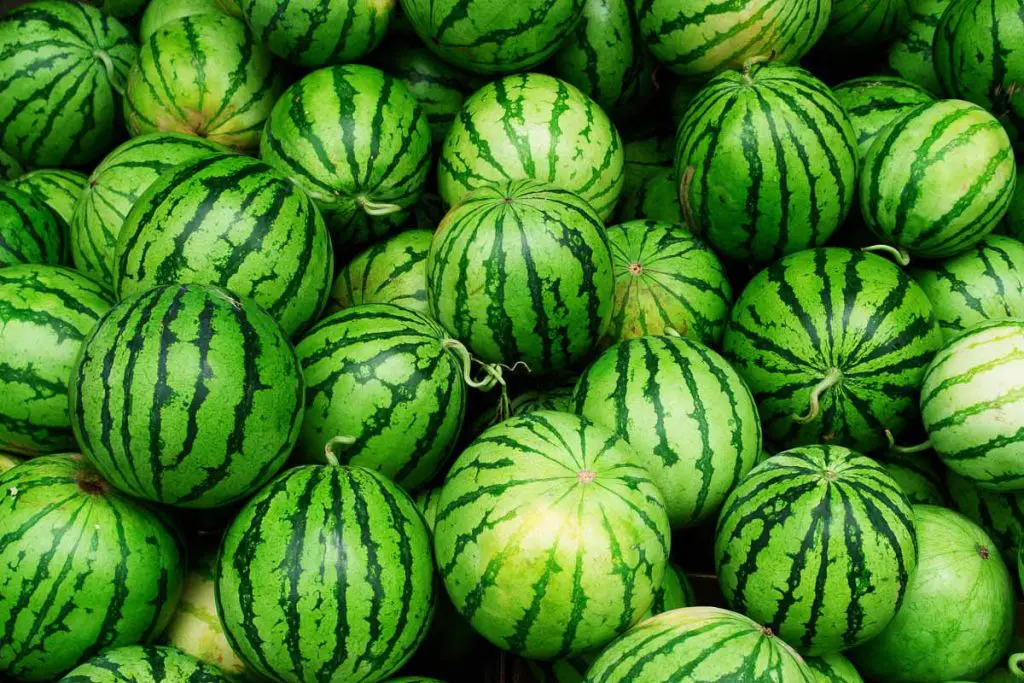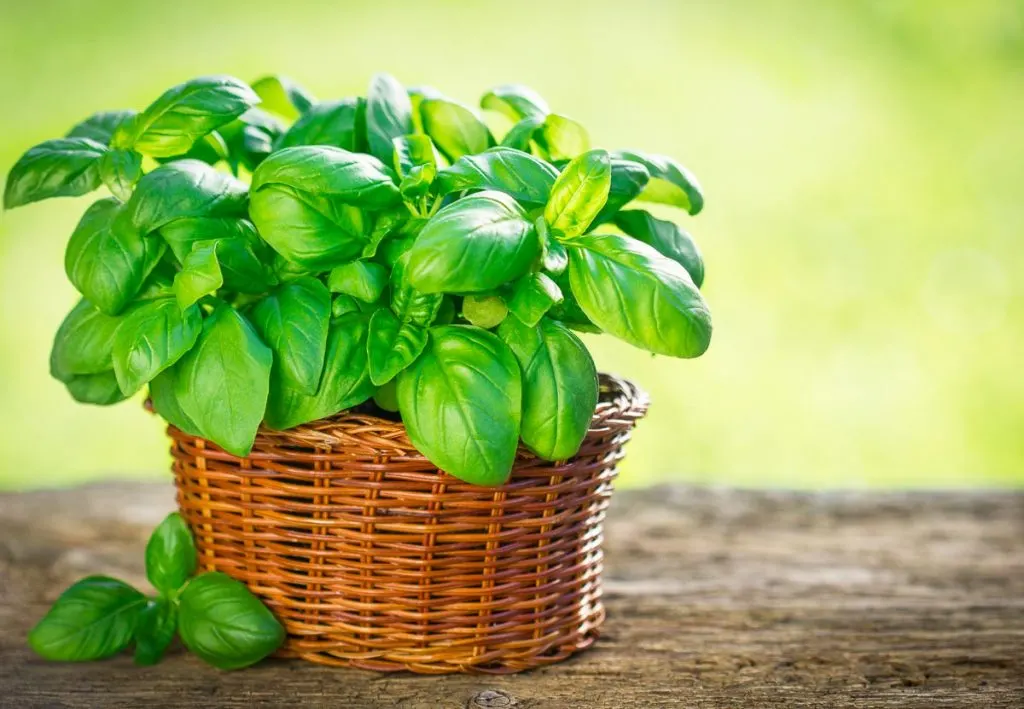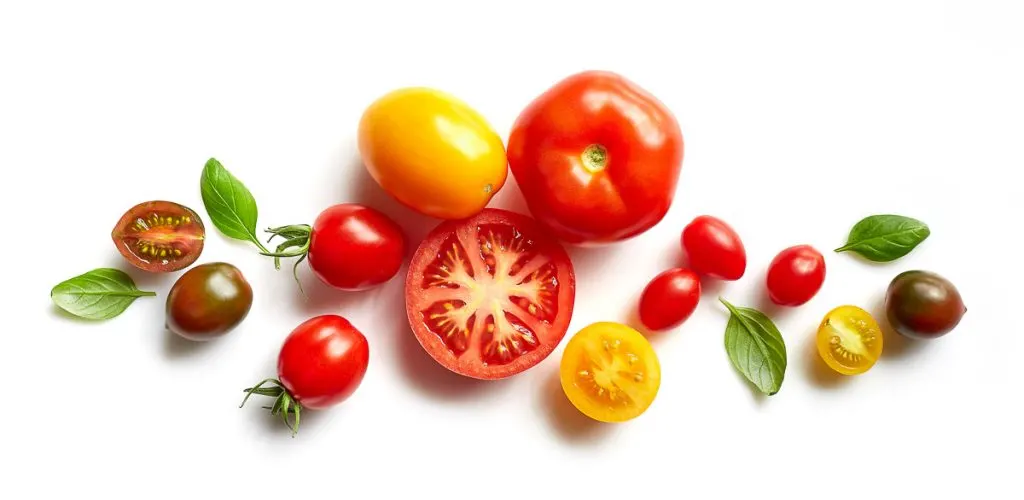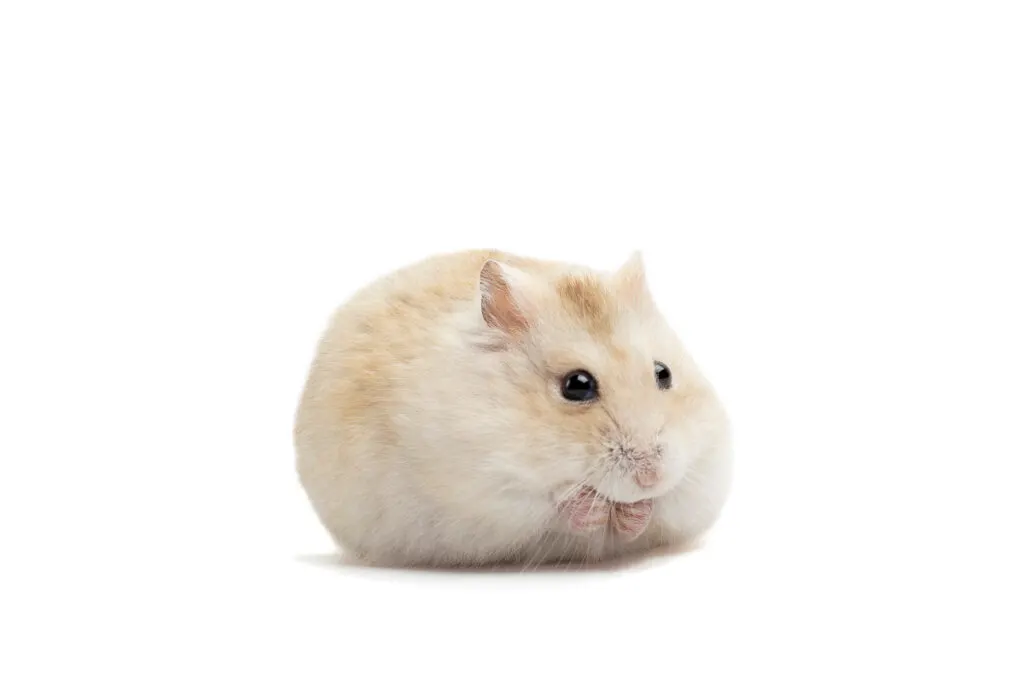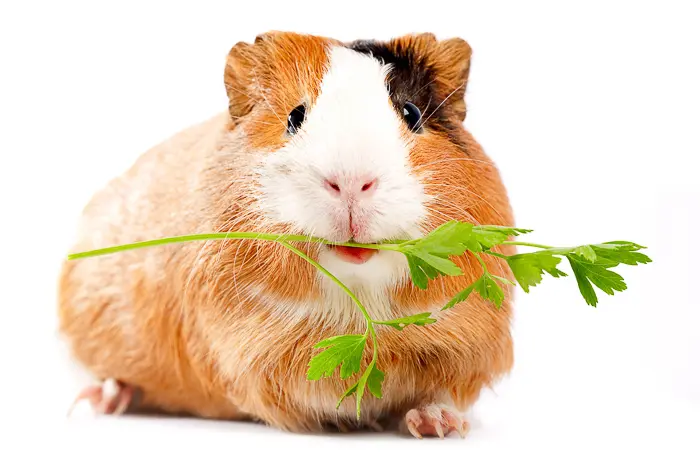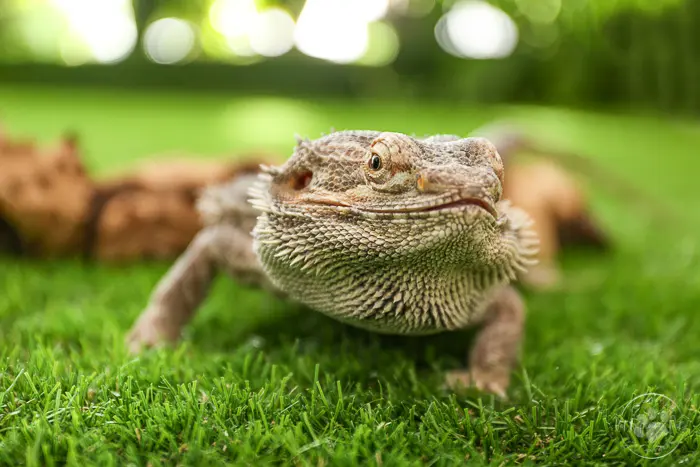Guinea pigs are one of the most loved of all pocket pets. As cute as they are, it is easy to want to give them all the delicious human foods we enjoy, like all the different types of squash! Nonetheless, numerous human foods aren't safe for your guinea pig to eat. So, can guinea pigs eat squash?
Dr. Jess will answer all the details of this question below:
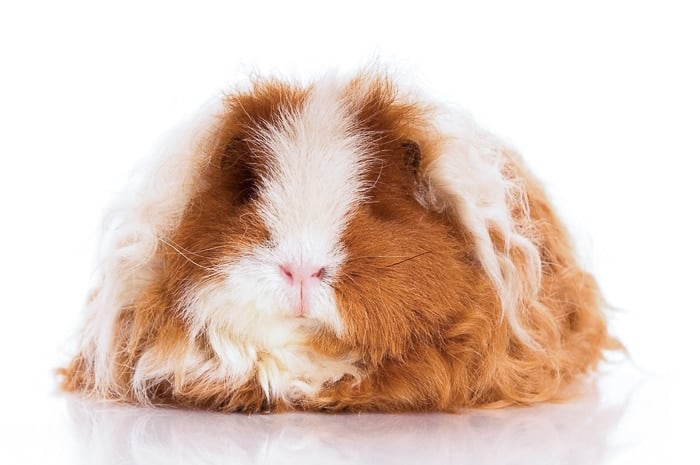
What is a Guinea Pig?
A guinea pig is a type of pocket pet that resides in the cavie family of animals.
They are small animals that grow to a maximum of approximately 10-11 inches long, and can weigh up to 2.5 pounds as a healthy adult.
In captivity and with proper care it is quite common to see these pets live up to 8 – 10 years of age.
One of their main anatomical (body) “quirks” is that they are constantly needing to chew in order to file their teeth down, as their teeth are constantly erupting (growing longer and longer).
They are quite playful animals and love to socialize with the ones that they know and love.
They make great pets for responsible pet owners, and those living in small dwellings wanting a loveable pet that comes in a small package.
What Do Guinea Pigs Typically Eat?
These little buddies eat an assortment of things to keep them healthy and happy.
- High-quality guinea pig food and Timothy hay should be the main staples of their diet.
- Up to about 10% of their diet can be made up of an assortment of vegetables and fruits, with fruits and vegetables over 12-24 hours old being discarded as soon as possible.
- They require 30 – 50 mg of vitamin C daily from their diet, either in their guinea pig food, a vitamin supplement, or from fruits and vegetables that are high in vitamin C. I’ll get to this more here in a sec…
- Guinea pigs do best with diets low in fats and sugars.
- Clean, fresh, filtered, chlorine-free water. ‘Fresh water‘ means that is is changed daily. ‘Changed daily‘ means that new water is placed into a CLEAN water dispenser!
What is a Squash?
Squash is actually a fruit and not a vegetable like many people think.
They are a type of gourd that grows along the ground attached to a vine-like structure.
They come in many sizes, shapes, and colors. Squash is typically grouped in winter squash and summer squash categories.
Types of Squash:
There are many different varieties of squash, that range in size, shape, and color.
Some of the more common squash include zucchini, yellow squash, butternut squash, acorn squash, pumpkin, and spaghetti squash.

Squash Nutrition:
According to Wikipedia's description of the nutritional benefits of this summer squash:
“Zucchini are low in food energy (approximately 71 kJ or 17 kcal (or “food calories”) per 100 g (3.5 oz) fresh zucchini) and contain useful amounts of folate (24 μg/100 g), potassium (261 mg/100 g), and provitamin A (200 IU [10 RAE]/100 g).[21] Zucchini can be shaped into noodle-like spirals and used as a low-carbohydrate substitute for pasta or noodles.”
https://en.wikipedia.org/wiki/Zucchini
Certain squash types have a particularly large supply of vitamin A that can help support vision and the immune system.
Squash can also be rich in different antioxidants, with research proving that the skin of some types of squash, like the zucchini squash, contains the highest levels of antioxidants in the entire plant.
Antioxidants are plant compounds that help protect the body from damage by free radicals, which can cause degenerative diseases.
Carotenoids — such as lutein, zeaxanthin, and beta-carotene — benefit your eyes, skin, and heart, and helps protect your body against certain types of cancers, are found in zucchini.
Certain squash types also have a decent amount of fiber to help with digestion and can sometimes help in stabilizing blood sugar levels.
Sugar content varies between the different squash types and sometimes from each individual plant compared to the next. For instance, yellow squash typically has a slightly higher sugar content compared to zucchini.
Do Guinea Pigs Like Squash?
Most guinea pigs like the softer, tender inside of squashes. Many guinea pigs tend to dislike the outer skin of the fruit.
As an example, many guinea pigs prefer yellow squash over the zucchini squash, likely due to the slightly higher sugar content which would give off a slightly sweeter taste.
Is Squash Healthy For Guinea Pigs to Eat?
Many squash contain a low amount of sugar and salt so it a better snack if your pet is overweight or has diabetes than other treats with higher sugar content.
Squash also has a decent water content to help keep your little buddy hydrated.
As mentioned in the nutritional content of squash section, squash can have a high amount of vitamin A in it – a vitamin that helps with the protection of the immune system and with a healthy vision profile.
Squash has a fiber content that will help your guinea pig keep their digestive system running smoothly and can also help with keep blood sugar level stable if you have a worrisome diabetic guinea pig.
Squash is packed with a multitude of nutrients which are great for the health of your pet guinea pig, and this nutrient profile will differ with differing types of squash.
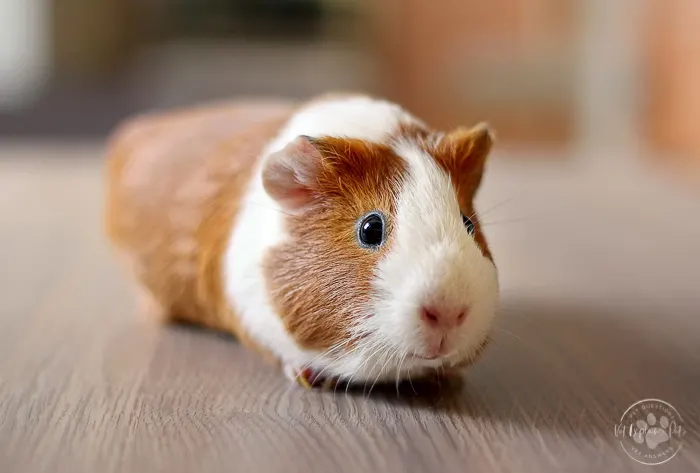
Can Guinea Pigs Eat Squash?
- Zucchini: Yes, in moderation!
- Yellow Squash: Yes, in moderation.
- Butternut Squash: Yes, in moderation.
- Acorn Squash: Yes, in moderation.
- Pumpkin Squash: Yes, in moderation.
- Spaghetti Squash: Yes, in moderation.
Do you see a trend. Yes, you can serve bite-sized pieces of properly prepared squash of many types to your guinea pig in moderation.
Can Squash Skin Be Served To Guinea Pigs?
On top of preferential taste, some squash's thick outer shell may turn into a choking hazard if not chewed appropriately before being swallowed.
And yet another thing to consider about a squash's skin, is that it may contain chemicals or debris that you do not want your pt to consume.
Therefore, I recommend not feeding the squash skin/peel/shell to your guinea pig.
How To Serve Squash to a Guinea Pig:
Serve only fresh, raw squash to your pet guinea pig.
Begin by washing the Squash thoroughly as you’ll need to remove any bacteria, pesticides, or other chemicals that may have been placed on the squash.
Then, you’ll want to cut off and discard the thick stem and any hard, thick outer peel or shell should be removed from the pieces you are planning to offer your guinea pig.
Cut the squash into thin slices or small bite-sized cubes.
You will want to remove the seeds present for the sake of tidiness, pickiness, and most importantly because they are a choking hazard.
Remove any uneaten squash from the cage within a few hours of serving so that bacteria does not form and grow on the uneaten squash.
Can Squash Be Bad For Guinea Pigs?
Squash is a relatively safe treat to feed your pig in moderation.
One worry that comes up from time to time is the unfortunate allergic reaction, which can happen when any pet eats something for the first time, not just with squash.
It usually catches everyone by surprise when it does happen so contact your veterinarian if you sense that your pet is not themselves after ingesting something new or different to be on the safe side.
Another worry is the choking hazard which also exists with everything that a guinea pig puts into their mouth.
Guinea pigs are fully capable of consuming the skin, and the inner fruit of the mentioned squash types but it remains a hazard as discussed throughout this article.
Too much of a good thing should be another warning to guinea parents. Feeding too much squash to your pet can lead to gastric upset with signs of vomiting or diarrhea, which can lead to dehydration and other health issues.
How Much Squash Can a Guinea Pig Have?
Like with every type of food you should never go overboard.
Fruits, like squash, and vegetables are only supplements in their diet (see “Guinea Pig Diet” section above for reference).
If you increase the intake of vegetables and fruits too much, their diet of mainly of hay and feed will become disproportionate, giving your guinea pig the chance of suffering from various disorders discussed later.
If you are thinking about introducing squash or any other new food into your pet’s diet, make sure that you do so gradually.
Start out with a small bite-sized piece and wait 24 hours to see how the guinea pig reacts.
If your furry friend enjoys the squash treat and doesn't show signs of abnormal behavior, then try a second small piece of squash in the next day or two.
A common rule of thumb is to serve no more than approximately 100 grams of squash to our guinea pig in a day. That is about 2 small bite-sized pieces per offering.
Try to mix up the offered squash pieces with other vegetables and prepare a salad for your guinea pig.
The right combination of squash and other safe vegetables such as pieces of cucumbers, bell peppers and lettuce would be a great addon to your guinea pigs diet.
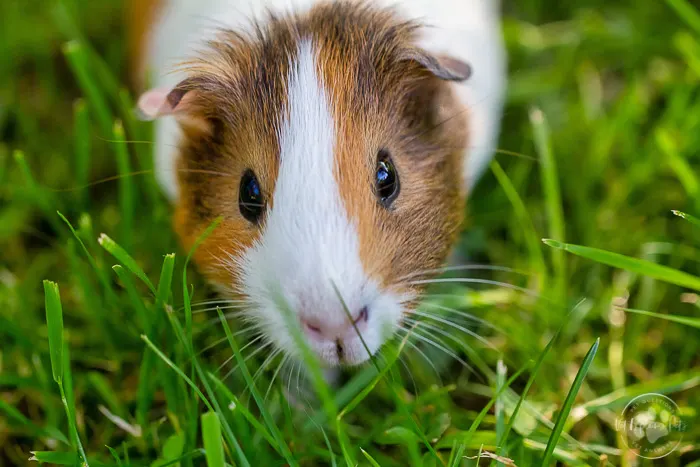
How Often to Feed Guinea Pigs Squash:
It is pretty safe to say that squash can be used as a more frequent treat for your guinea pig over many other choices of fruit and vegetable treats.
You can safely feed a snack-sized portion of squash to your guinea pig up to 2-3 times per week but remember to gradually work up to this frequency.
Strict monitoring should be done to avoid negative effects because too much of this food could lead to gastrointestinal (GI) upset with symptoms such as decreased appetite and energy levels as well as diarrhea and/or vomiting.
No fun, right?!?
For instance, if you are serving your guinea pig squash 3 times per week but your furry friend doesn't eat the offered squash 3 times per week, then back down the offerings to 2 times per week and see how they react to the fruit at a decreased frequency.
This may help with ‘the desire' to eat the squash pieces.
Fruit & Vegetable Alternatives For Guinea Pigs:
Summary:
Your cute little guinea pig deserves the best – best home, best health, and best treats.
Treating your pet to some of your favorite snacks, like squash pieces, is just fine as long as that store-bought and properly-cleaned squash is prepared properly, served correctly (correct amounts and correct frequency), and only fed to healthy piggies.
If you have any questions or concerns, contact your local vet before feeding squash to your buddy.

![[Vet Explains Pets]](https://vetexplainspets.com/wp-content/uploads/2024/09/cropped-vetlogo-199x66.png)

